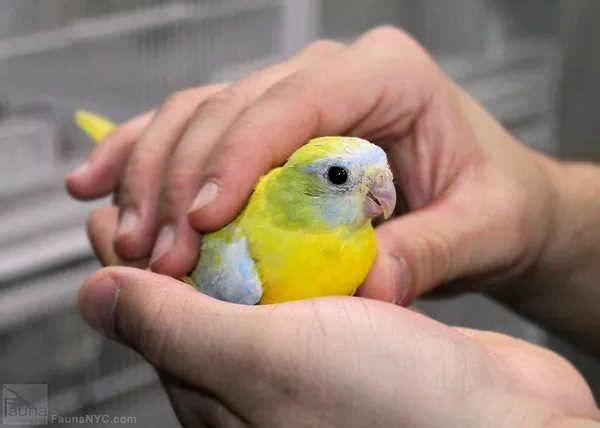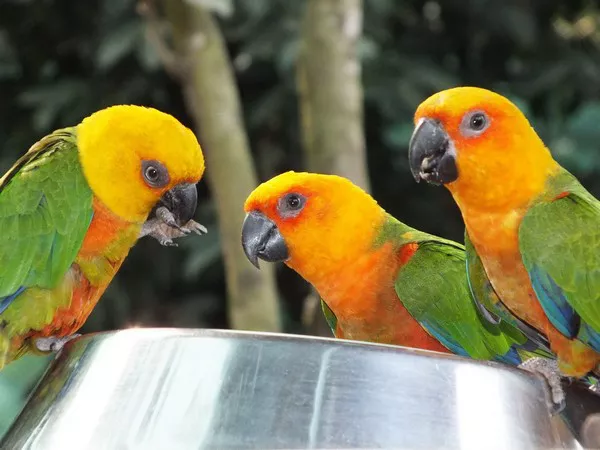African Grey parrots, renowned for their exceptional intelligence and charming personalities, make popular companions among bird enthusiasts. As responsible caretakers, it is imperative to provide them with an environment that mirrors their natural habitat. One crucial aspect is the size of the cage. In this article, we will delve into the factors that determine the ideal cage size for African Greys, ensuring their physical and psychological well-being.
Understanding African Grey Parrots
African Grey parrots (Psittacus erithacus) are native to the rainforests of West and Central Africa. Their large size and strong flying capabilities in the wild highlight their need for ample space. These birds are known for their remarkable cognitive abilities, which require mental stimulation to prevent boredom and associated behavioral problems.
Factors Influencing Cage Size
Wingspan and Flight: African Greys have a wingspan of about 18-20 inches. While they won’t be able to achieve sustained flight in a cage, they do need enough space to stretch their wings, flap, and exercise. A spacious cage allows them to maintain some level of physical activity.
Activity and Enrichment: These parrots are highly intelligent and need mental stimulation to thrive. A larger cage allows for the inclusion of various toys, perches, and puzzles that engage their intellect. The more opportunities they have for play and exploration, the happier and healthier they will be.
Comfort and Safety: A cramped cage can lead to stress, feather plucking, and other behavioral issues. A spacious cage not only prevents these problems but also accommodates multiple perches at varying heights. This setup supports their need to climb and explore, promoting a more natural and comfortable environment.
Social Interaction: African Greys are social birds that require interaction with their human caretakers and, potentially, other bird companions. A bigger cage facilitates socialization without feeling overcrowded.
Nesting Space: Even if breeding isn’t your goal, providing adequate space for natural behaviors like nesting and exploring is essential. A larger cage with hiding spots and nooks allows them to exhibit these behaviors, contributing to their overall well-being.
Recommended Cage Size Guidelines
Based on these factors, a minimum cage size of 2 feet in width, 3 feet in length, and 4 feet in height is recommended for a single African Grey. However, aiming for larger dimensions is always preferable. A cage with dimensions of 3 feet by 3 feet by 5 feet, for instance, would provide an even better living space. This allows ample room for flying-like movements, various perches, toys, and interactive elements.
Cage Setup Tips
Perches: Provide thick perches of varying diameters to promote foot health. Natural wood perches can mimic the feel of branches in the wild.
Toys and Enrichment: Offer a variety of toys that challenge their intellect and encourage physical activity. Rotate toys regularly to keep them engaged.
Feeding Stations: Incorporate feeding stations in different parts of the cage to encourage exploration and foraging, which simulate natural behaviors.
Hygiene: Ensure easy cleaning by choosing a cage with a removable tray. Regular cleaning prevents the buildup of waste and maintains a healthy environment.
Conclusion
Selecting the right cage size for your African Grey parrot is a crucial step in ensuring their well-being and happiness. A spacious environment not only meets their physical needs but also supports their cognitive and emotional health. By understanding their natural behaviors and requirements, you can provide an enriching and fulfilling life for your beloved feathered friend. Remember, when it comes to cage size, bigger is always better.
Recommended reading:
























